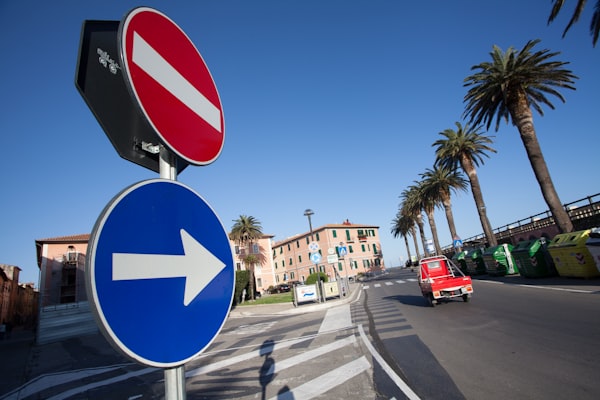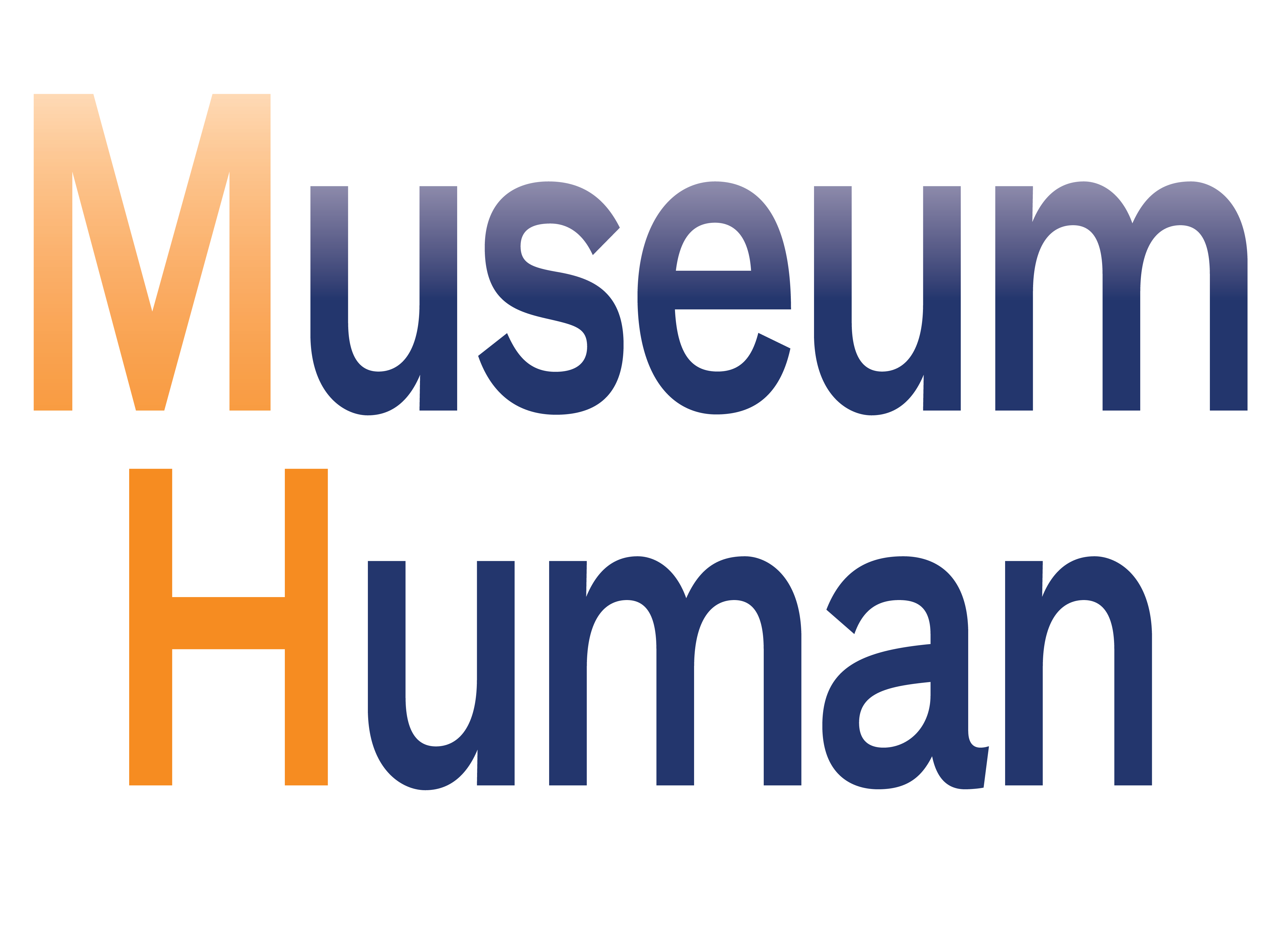
My post on museum conferences generated a fair amount of comments. What larger concerns were implicated?
If you're reading this and not a subscriber to Museum Human, consider scrolling to the bottom and signing up now—it's free and is the only way to read the site's longer weekly post on the organizational culture of cultural organizations.
I won't overstate any claims to virality, but Tuesday's (subscriber-only) post on whether we've reached, to quote one person, "peak conference," struck a chord with readers, who commented and responded on Twitter and in their own writing.
(It's interesting, isn't it, that—like meetings—in the face of the pandemic, conferences found a way to morph into something else that swallowed up more of our time and energy. This isn't meant as an insult, just an observation about the way our engagements grow. Perhaps there's an engagement-industrial complex of which social and workplace technologies are an integral part.)
First, check out some of these Twitter threads:
- I have regular and insightful commenter Michelle Moon to thank for this engaging thread that touches on associations, memberships, learning (both in-person and remote), accessibility, and exhaustion. Check out all of its various eddies.
- In that thread, Jim Richardson of MuseumNext (read my post on the thought-provoking MuseumNext conference I attended in 2019) mentioned some steps that this multi-conference org has taken to broaden attendance.
- Mimosa Shah pinged me on her response to a different thread on academic conferences, that featured many of the same concerns I had raised.
Then head over to Kyle Bowen's Museum as Progress (MAP) community, a growing ecosystem of newsletters, gatherings, events, and great museum folks. The subscriber-only newsletter mentioned my post as a lead-in to a discussion of newsletter and community membership models and guiding principles that any museum-field group should consider:
Communities … should live or die by individuals’ willingness to pay for the experiences and opportunities they provide — Accepting sponsors’ funding too easily becomes a way to cover up the fact that the organization isn’t providing enough value to its members.
People should be compensated for the labor and expertise. Operating on a volunteer basis indefinitely is another signal that the organization is not providing enough value to its members.
Bowen points out that if a group adheres to the latter concerns, they might need to compromise on the former and find alternate funding or increase the price for members, which undermines accessibility, or get more members, which can impact quality and connection goals. Yeah, there's no simple answer to aligning effort, value, and commitment; subscribers to Museum Human know that I'm wrestling with these very issues when I think of my blog's sustainability.
(Speaking of newsletters, I want to plug two others in the museum sector, one new—Mike Murawski's Agents of Change—and one ongoing—Seb Chan's Fresh and New.)
My second point about the reaction to Tuesday's post is can be summed up in this one comment (one typo fixed) from Katie Boardman:
All I know is that I desperately miss seeing colleagues in person and am brain tired from little boxes in a screen
This is the aching, earnest version of something we all in the museum field have heard, often from leaders but sometimes from colleagues, insisting not just that workers return but that it's right that everyone is back in the building, that that's what it means to work in a museum.
I have no shortage of posts on what it means when leaders express this (check out some recent ones here, here, and here). When "ordinary" colleagues do so, it comes from a different place, and I know that to people like the one making the comment above, Museum Human's running narrative can seem blithely unconcerned with in-person contact.
I'd like to say that nothing could be further from the truth, but the fact is, after a horrible 2020 (with personal tribulations beyond the pandemic), I often don't have the energy left to manage myriad workplace guessing games—how should this meeting be held? Camera on or off? Which headphones and mic? Door open or closed? Working from home can simply mean a lower energy threshold, which can make it automatically a good thing if we have the option. Work in this field—but in this society as a whole—usually takes so much of us, that it's only natural to want to take some of it back if we can.
But … and yet, so many but's. Everyone with skin in this game has a heartfelt argument for or against prioritizing in-person or remote. What the lack of trust in the field has done, however, is weaponize these positions into something toxic, all-against-all, mirroring the stakes in our larger society. (I won't use the "breakdown of civility" trope, because someone started it and it wasn't left-leaning members of marginalized groups … .) It's the void of meaningful institutional reasoning for workers to come in just for remote meetings that is laying bare the lack of shared purpose in museum work.
I don't want to dump too many hybrid/remote work links here, but this recent New York Times article seems to be making the rounds in any current discussion on the topic. I'll add this Harvard Business Review piece to the “you’re just figuring this out now?” files.
As always, org culture guru Stowe Boys has it all in his latest newsletter, which cites Ed Zitron's Atlantic piece Do We Really Need to Meet In Person?:
What do you really gain from an in-person meeting that you have been missing the past 19 months?
And, no, "so we can all be together (in a physical, nevermind virtual, meeting room)" isn't good enough. Zitron is right that the next few workplace months may lead to a new understanding of meetings themselves. And, yet, the argument for meetings, that "that's the only way we find out anything," isn't necessarily false, just a damning indictment of the organizational culture that requires so many damn meetings in the first place.
Finally, I'll leave you with this piece from Boston Review about changing the nature of work itself, discussing the book Lost in Work: Escaping Capitalism, by Amelia Horgan:
While naming its central focus as the question of “how and in which sorts of ways things could be different,” Lost in Work, at its most powerful, shakes up our sense of what is politically imaginable. Throughout the book Horgan fleshes out tactical insights for workplace struggles and anti-work movements. She considers the stakes of union organizing and postulates about the strategies of contemporary labor movements, but always alongside everyday acts of refusal by individual workers. Underpinning all of these political practices, she stresses, are questions of post-capitalist imaginability. When we criticize work, Horgan warns, we come up against confusion, but more importantly fear: “This fear is not merely the product of a work ethic promulgated by elites. . . this is a genuine fear of a loss of self.” Work, as capitalism’s defining feature, “is a curtailment of the possibilities of our lives,” she observes, all with the hope of breaking it down.
Yeah, I know, when chat discussions end with "so then we have to bring down capitalism" may seem silly (they aren't), but there's a reason we're all going there.
Thanks for reading and for participating in all these discussions. Next Tuesday's post will include the interesting results of a recent Museum Human survey on museum remote/hybrid policies. So consider signing up below for a free subscription, just as over 650 of your fellow museum folks have done already!
cover photo by Raimond Klavins / Unsplash [description: two circular road signs—one red with a white bar, one blue with a right-facing arrow—next to a road lined with palm trees against a brilliant blue sky]

Links of the Week: November 19, 2021: Post-Conference-Era Follow-up by Robert J Weisberg is licensed under a Creative Commons Attribution-NonCommercial-ShareAlike 4.0 International License.






